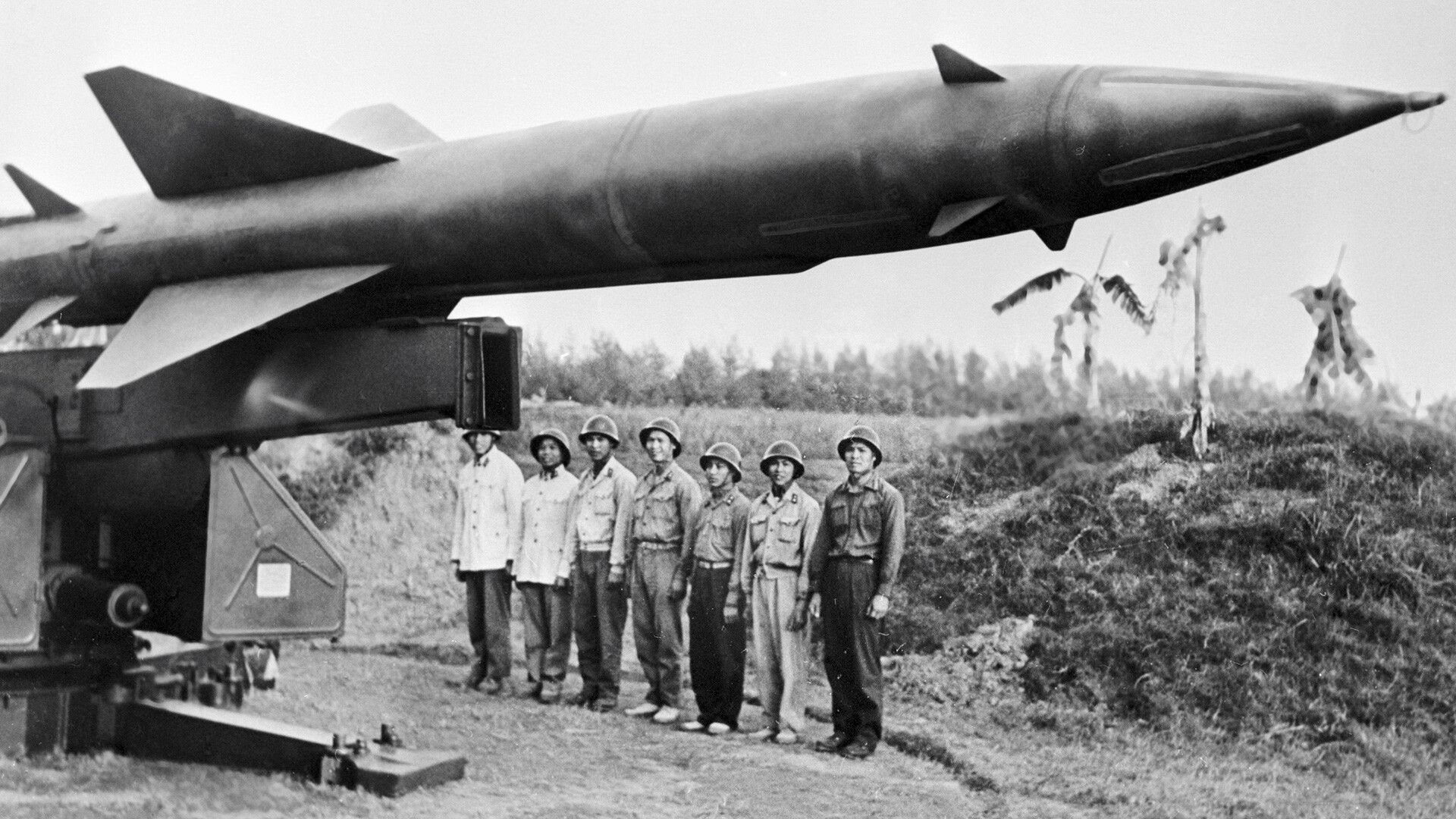
Soldiers of a Vietnamese anti-aircraft missile unit before going on combat duty.
Savvichev/SputnikOn August 5, 1964, U.S. aviation carried out air strikes against the territory of the Democratic Republic of Vietnam (DRV or North Vietnam) for the first time. Six months later, the U.S. launched ‘Operation Rolling Thunder’, thus unleashing a full-scale aerial war against the Asian country.
The reason for the regular massive bombings was the subversive activity which the Communist DRV was allegedly conducting in pro-American South Vietnam. Hanoi oversaw and actively supported the local guerrillas (Viet Cong), who were successfully subverting the ruling regime there.
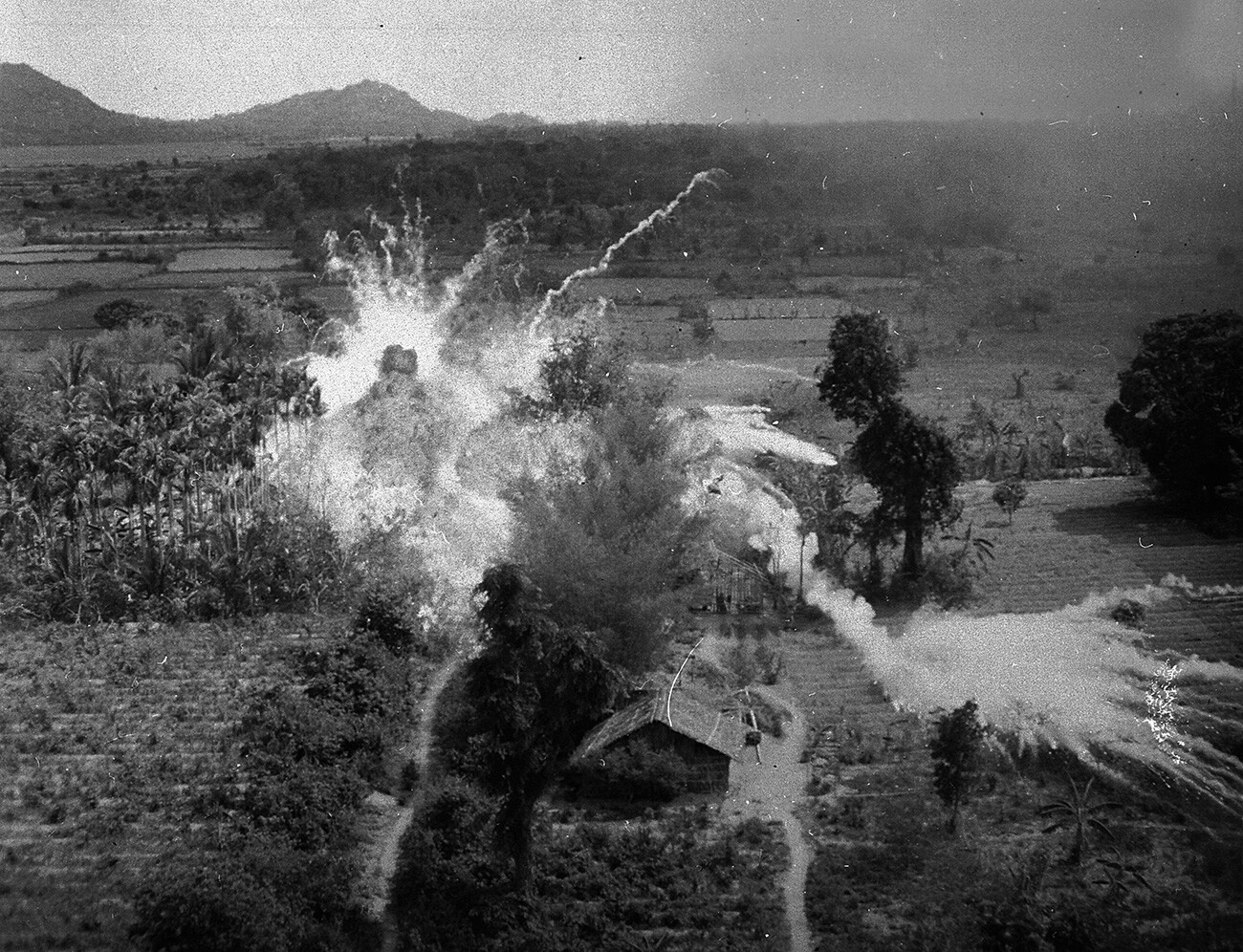
Napalm bombs strike Viet Cong structures south of Saigon in 1965.
U.S. National ArchivesWashington could not countenance the fall of its ally and the expansion of communist influence in Indochina. At the same time, the Americans were apprehensive of dragging the USSR and China into the conflict and gave up on the idea of a ground invasion of North Vietnam.
Nevertheless, the USSR had no intention of staying on the sidelines. It immediately initiated supplies of military equipment to the Democratic Republic of Vietnam and sent its military specialists to provide assistance to the People's Army of Vietnam.
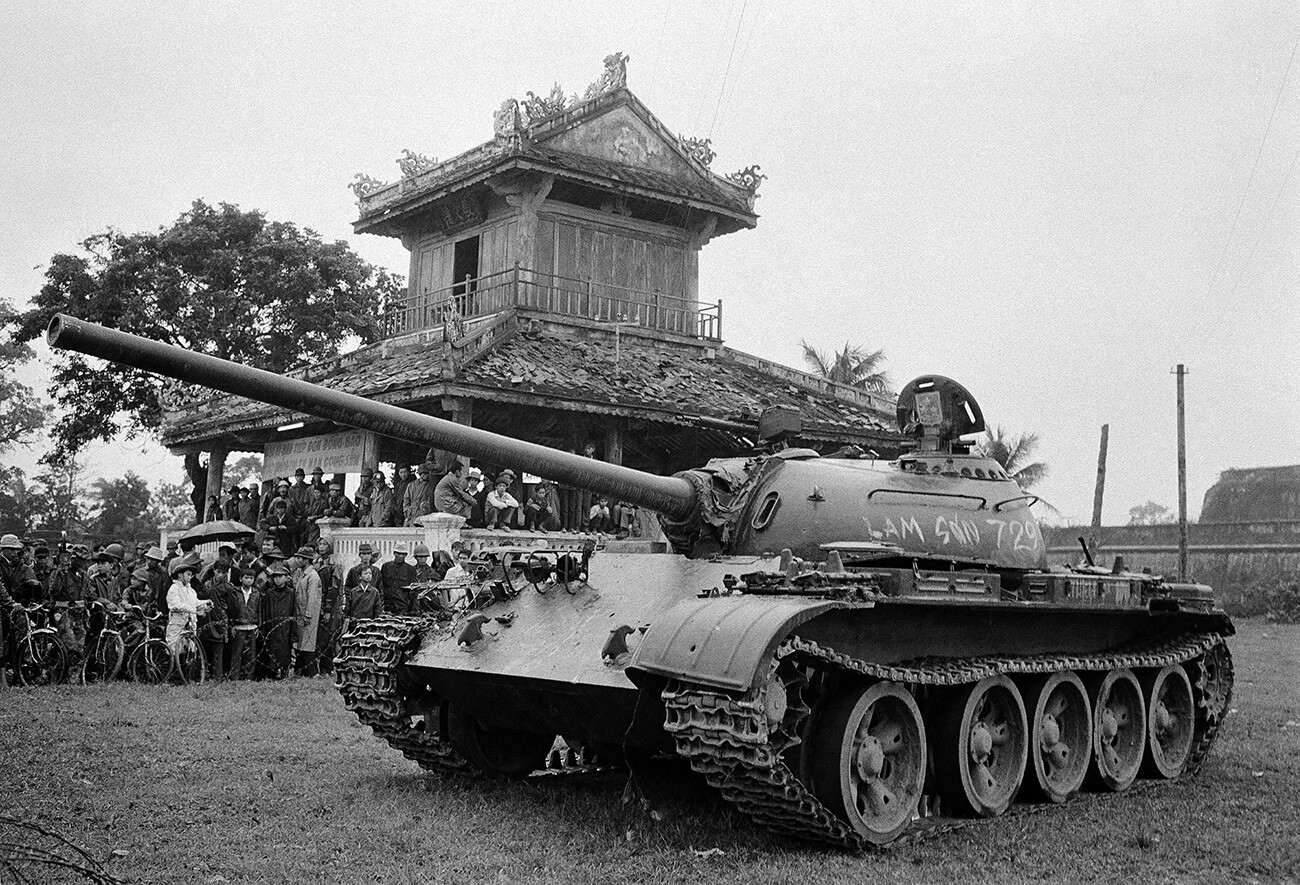
A Soviet T-54 tank captured by South Vietnamese troops is on display in Hue, South Vietnam.
APSoviet equipment arrived in North Vietnam aboard transport aircraft (disassembled), on ships or by train via China. In total, Hanoi received 95 anti-aircraft missile systems, more than 5,000 anti-aircraft guns, over 500 military and transport aircraft, 120 helicopters and 2,000 tanks.
Throughout the period of the conflict, about 10,000 Soviet military specialists went on assignments to Vietnam: tank operators, pilots, aviation technicians, air defense missile crews, medics, signal operators, seamen and defense industry employees. They served as advisers to commanders of the People's Army of Vietnam, trained personnel of the DRV Armed Forces, repaired equipment, etc.
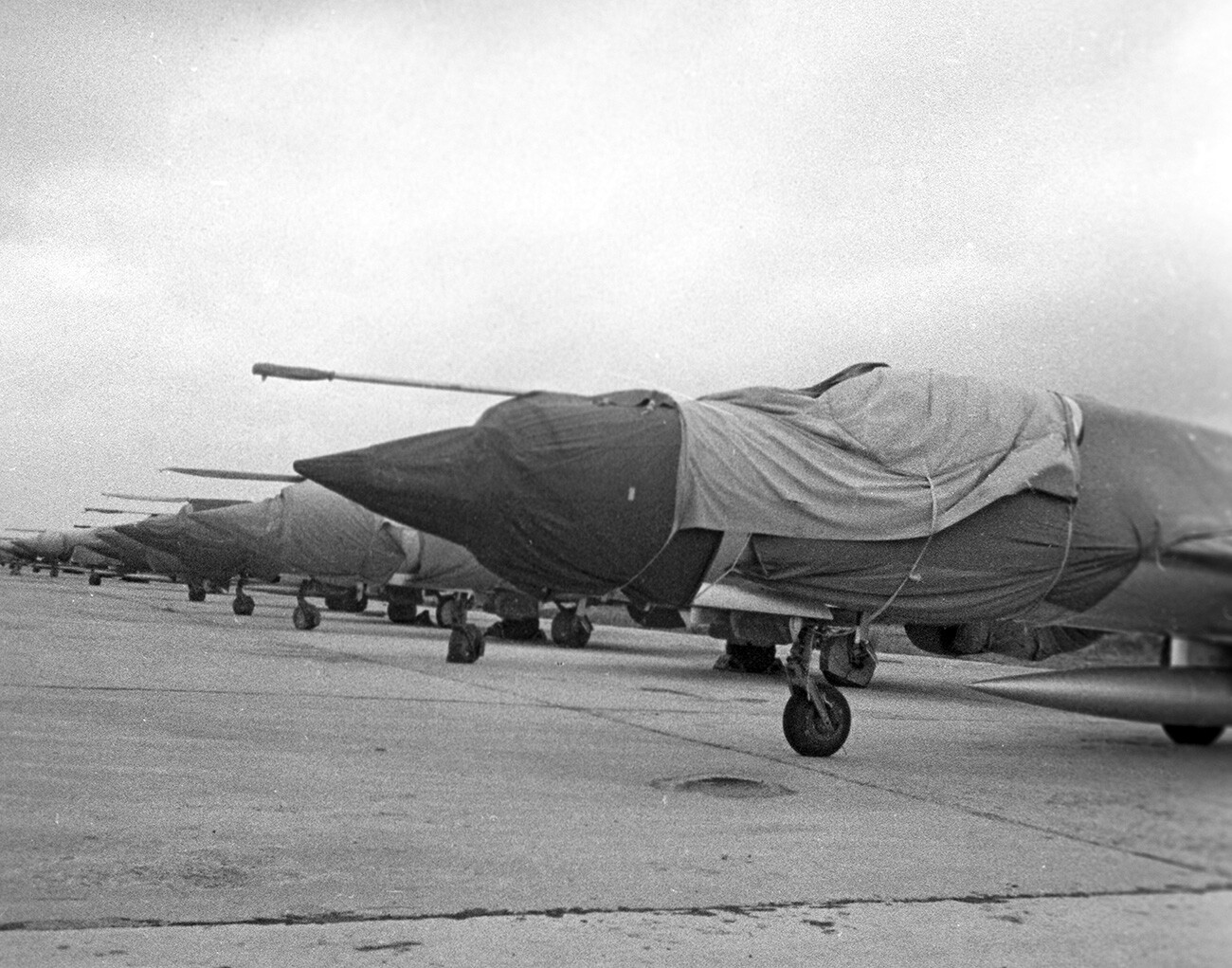
Soviet fighters in North Vietnam.
SputnikMoscow didn't advertise the participation of its military personnel in the Vietnam War. They would leave their identity documents at the Soviet embassy in Hanoi and change into civilian clothes. For all that, the U.S. was perfectly aware of their presence there.
A special detachment of the Soviet Pacific Fleet operated in the South China Sea throughout the entire Vietnam conflict. Its spy ships carried out surveillance of U.S. anti-submarine and aircraft-carrier battle groups, monitored sorties by carrier-based aviation and also listened in on the conversations of pilots.

A Soviet spy ship near the U.S. aircraft carrier.
Public Domain"For reasons of concealment, we carried out surveillance from a civilian ship - a medium-sized fishing trawler," recalled Warrant Officer Yury Maksimov, who served in Vietnam in the years 1966-1967. "When planes took off, it was our job to report it. We'd be at our post for three months, and then it was back to base – others would replace us. The Americans knew all about it, but they didn't touch us. That would have risked an international conflict with the USSR and, at the time, Vietnam was quite enough for them to contend with."
To counter the activities of the Soviet ships, the U.S. sent its own ships fitted with electronic warfare systems to where they were stationed.
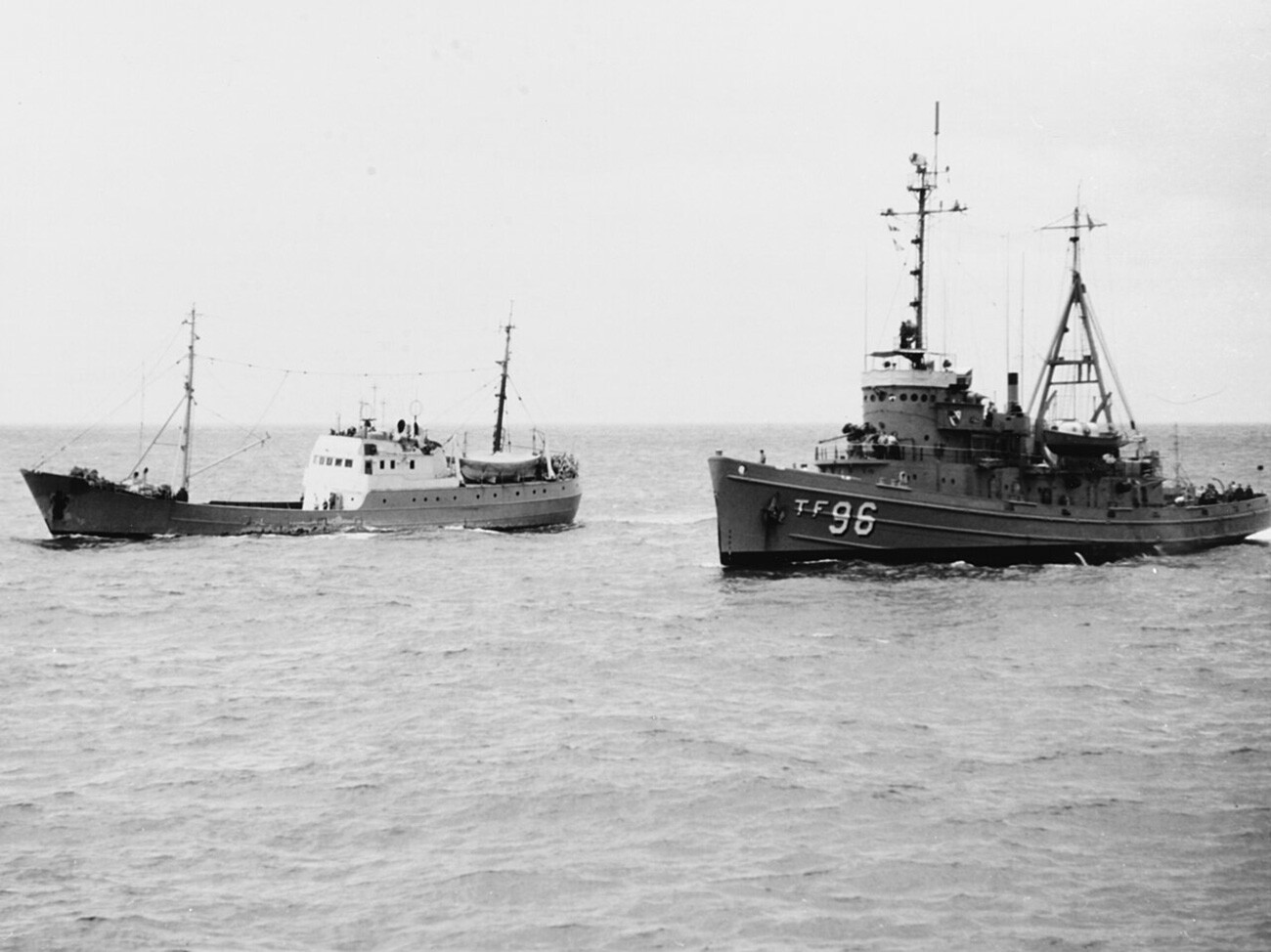
Soviet trawler Gidrofon and USS Abnaki (ATF-96) underway in the South China Sea, 1967.
Public DomainMoscow was actively involved in setting up the North Vietnamese air force even before the start of the full-scale conflict with the U.S. Dozens of pilots were trained in the USSR in the 1950s, and, in February 1964, 36 MiG-37 fighter planes were delivered to the country.
Although the Soviet Union subsequently started supplying Hanoi with more up-to-date supersonic MiG-21s equipped with air-to-air missiles, the Vietnamese preferred the old MiG-17s. It was easier to gain proficiency in them and, thanks to their lower speed, pilots were less subjected to g-forces.
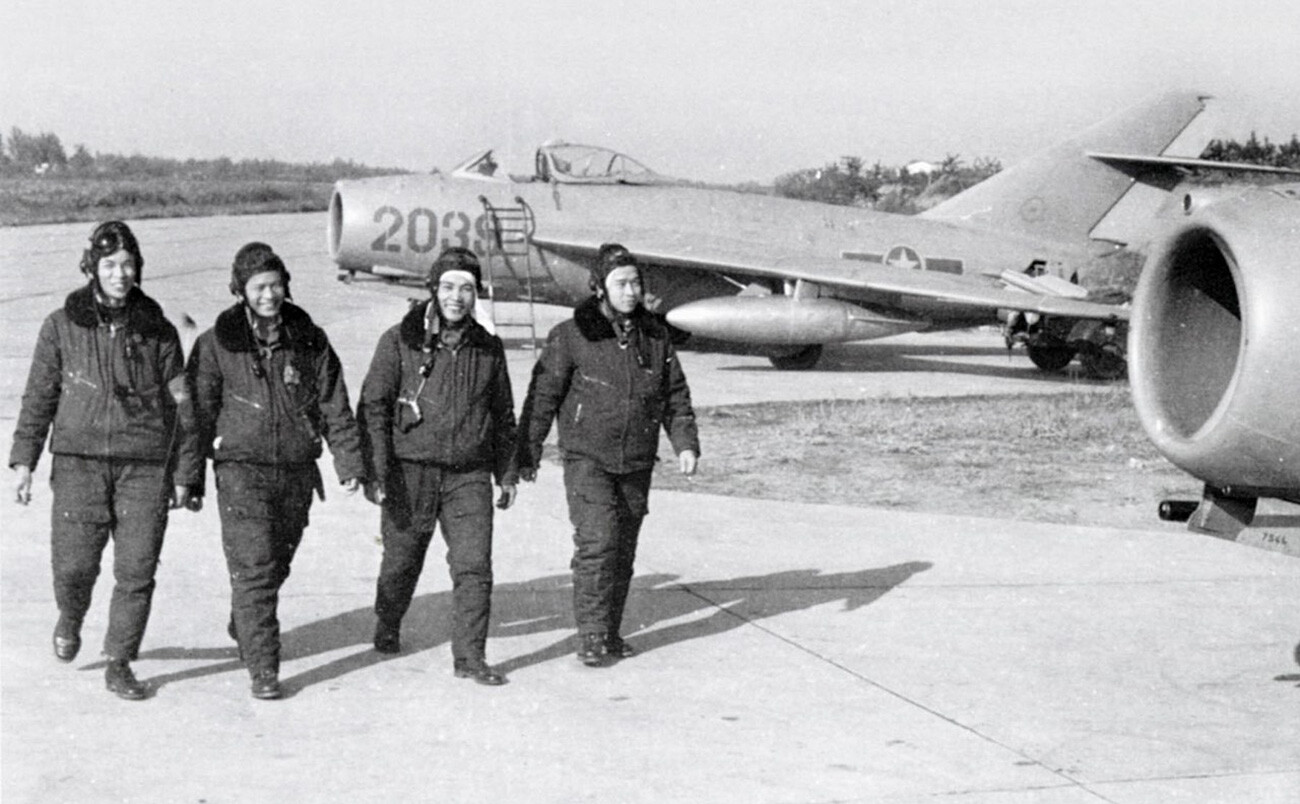
North Vietnamese Air Force MiG-17 pilots walk by their aircraft.
Public DomainUnlike in the Korean War, in Vietnam, Soviet flight instructors did not take part in aerial combat. An incident involving Colonel Vasily Kotlov was an exception, however.
The Soviet pilot was undertaking a training flight on a two-seater MiG-21US with his Vietnamese student when an American F-4 Phantom II fighter-bomber suddenly appeared close by. From his number two position in the cockpit, Kotlov started guiding the actions of his trainee (who had studied in the USSR and spoke Russian well) and helped him come out victorious.
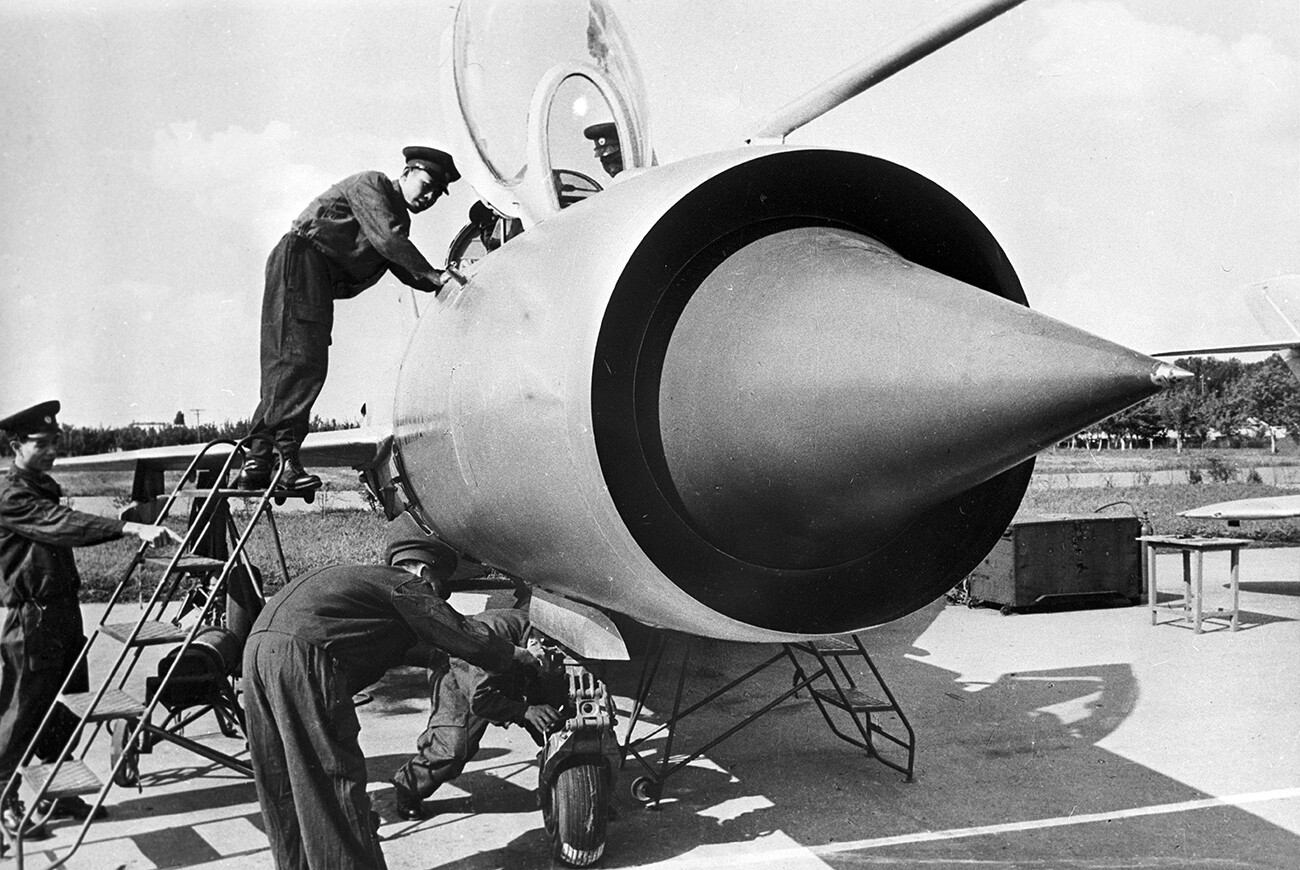
Vietnamese air cadets during a training session in USSR.
Valery Shustov/SputnikIn the late 1960s, in addition to fighter planes, the USSR supplied Il-28 bombers to the Democratic Republic of Vietnam, but they were practically never used in combat.
In March 1965, Soviet 37- and 57-mm anti-aircraft guns and, a little while later, S-75M ‘Dvina’ anti-aircraft missile systems were put into service with the air defense forces of the People's Army of Vietnam. Specialists arrived along with the weapons and they immediately set about establishing and training air defense missile regiments.
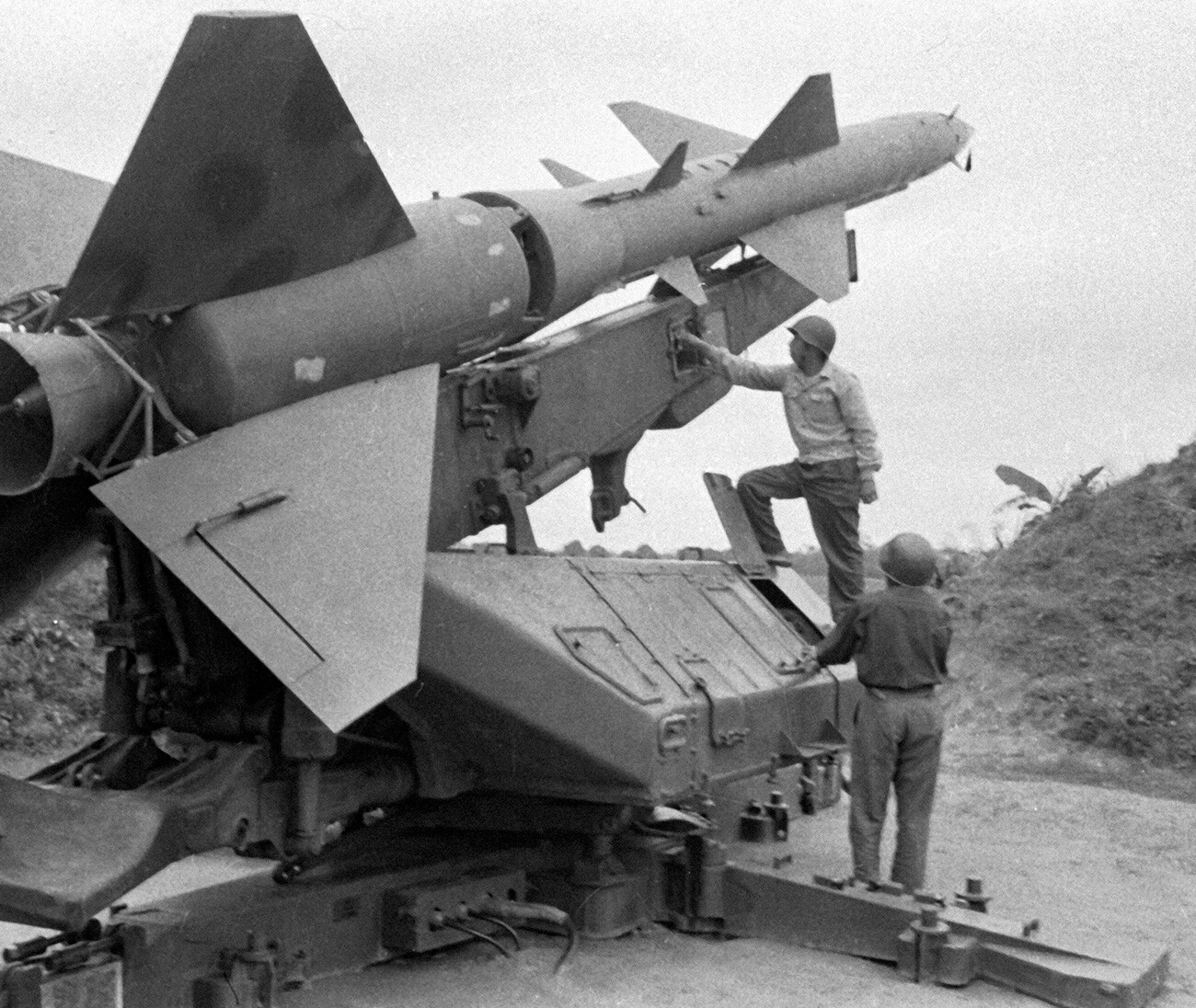
Vietnamese missilemen arming the Soviet Surface-to-Air missile.
Gleb Spiridonov/SputnikTraining took place with the help of translators for 14 hours a day. "For a month we sat at the display panels ourselves and the Vietnamese, who were next to us observing what we were doing, gained experience in operational firing. Then they sat down at the control panels and we stood behind them checking their actions," recalled Major Gennady Shelomytov.
At the same time, the conditions were very difficult for Europeans unused to the local climate. They frequently sat in the cabins of the missile guidance stations in just a pair of trunks and a helmet – there was no air conditioning, the ventilators blew out 60°С hot air and the sweat poured off them onto the floor in streams.
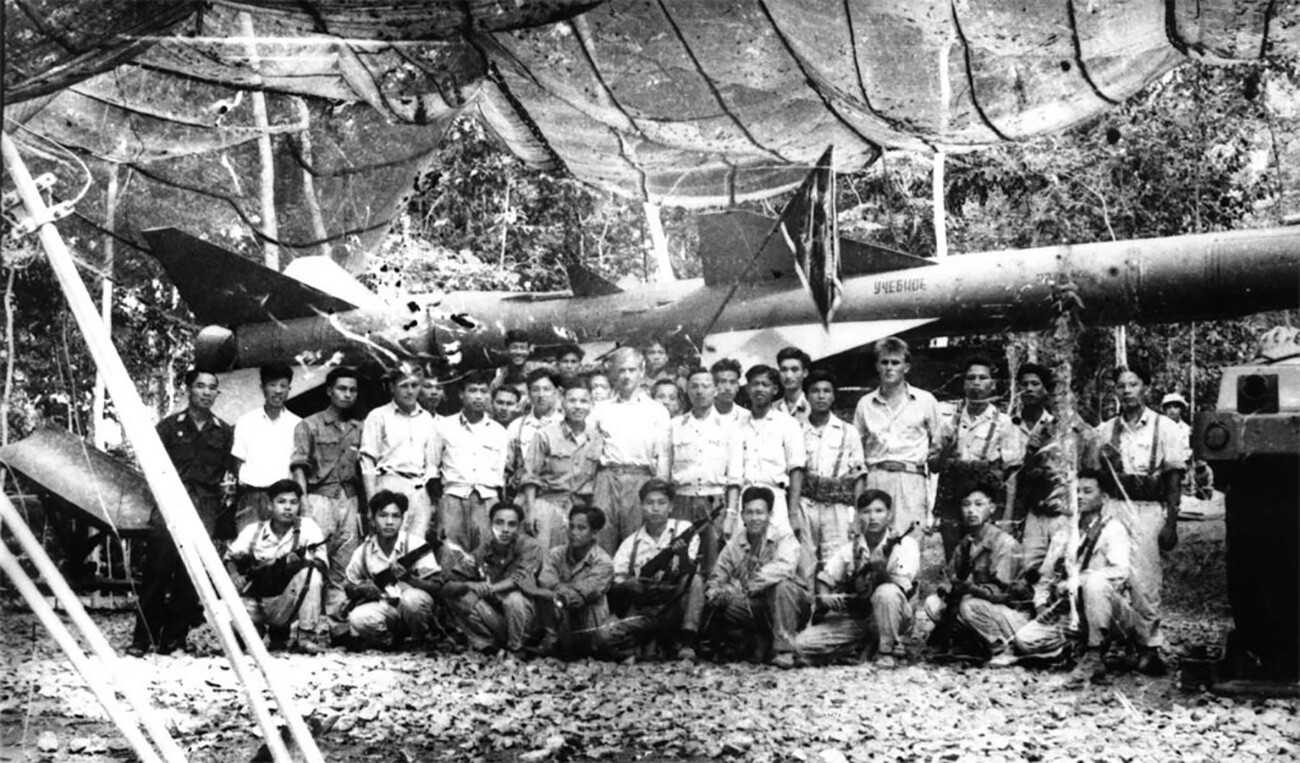
Anti-aircraft training center in Vietnam, 1965.
Inter-regional Public Organisation of Veterans of the Vietnam WarFor all that, the process proceeded successfully. Within a short space of time the capital of the country, Hanoi, the key port of Haiphong and the region bordering South Vietnam along the 17th parallel were all protected by air defense missile regiments.
On July 24, 1965, air defense missile crews shot down their first ‘Phantom’ (according to other accounts, two or three planes were brought down). In honor of this event, Ho Chi Minh, the president of the Democratic Republic of Vietnam, declared July 24 ‘Air Defense Missile Forces Day’.
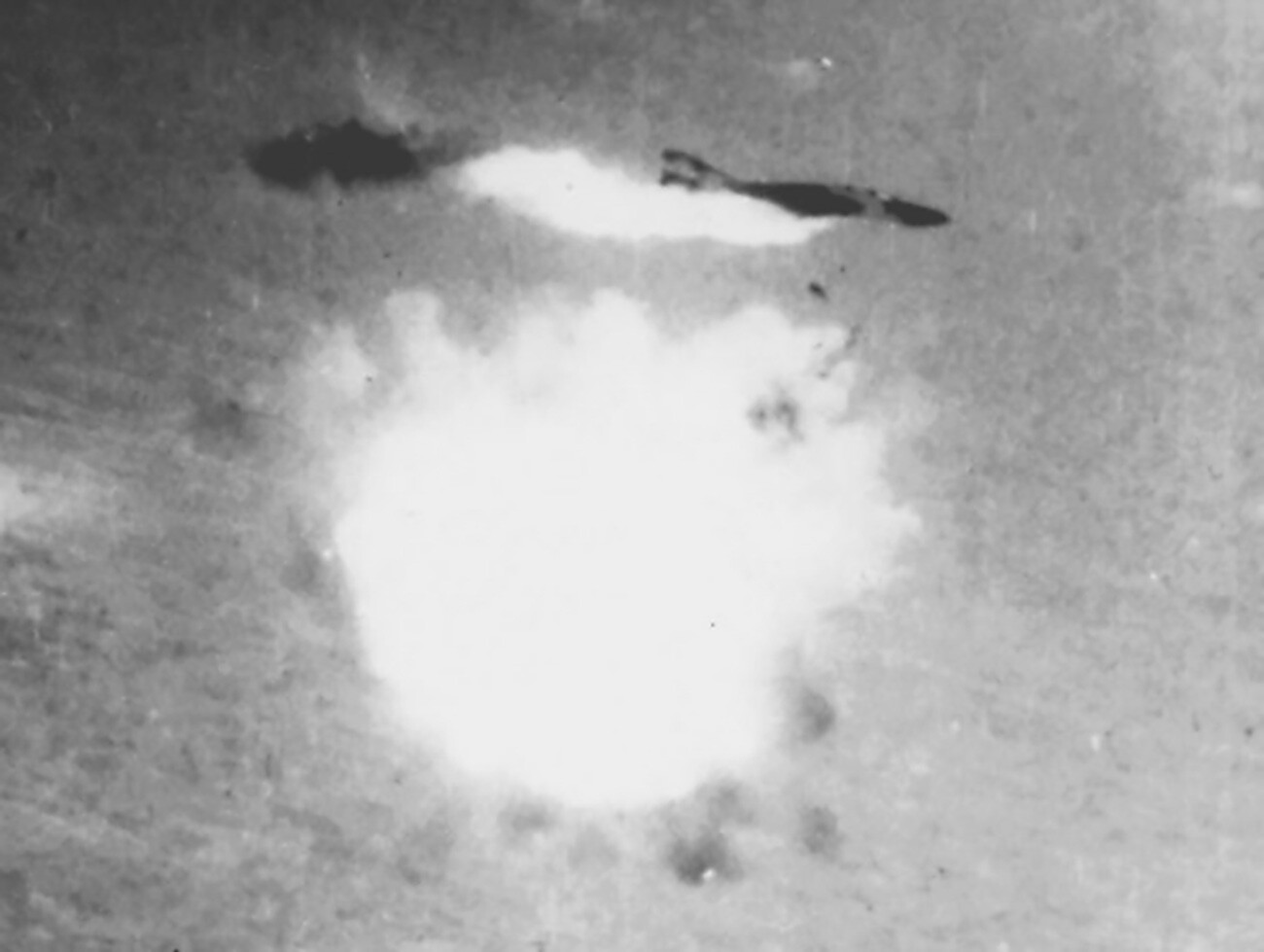
F-4 fighter-bomber destroyed by a Soviet missile.
Public DomainSubsequently, Soviet air defense missile crews frequently helped the Vietnamese not just to defend important military installations and infrastructure, but also to set up ambushes on probable flight paths of enemy aviation. Air defense units would stealthily set off into the jungle at night, shoot down several planes and immediately withdraw from their positions.
This is how Senior Lieutenant Vadim Shcherbakov recalled his experience of combat in Vietnam: "I was squaring off not against an aircraft, but against the person who was piloting it… Looking at my target indicators, I seemed to be staring him in the face, breathing down his neck, feeling his every movement and viscerally sensing what he was doing at that moment in his hermetically sealed cockpit as he flew over the green canopy of the jungle. And I waited. I waited for his nerves to give way or for a cocky confidence to take the upper hand. And when that happened – that was it! Lad, I've got you. Fire!"
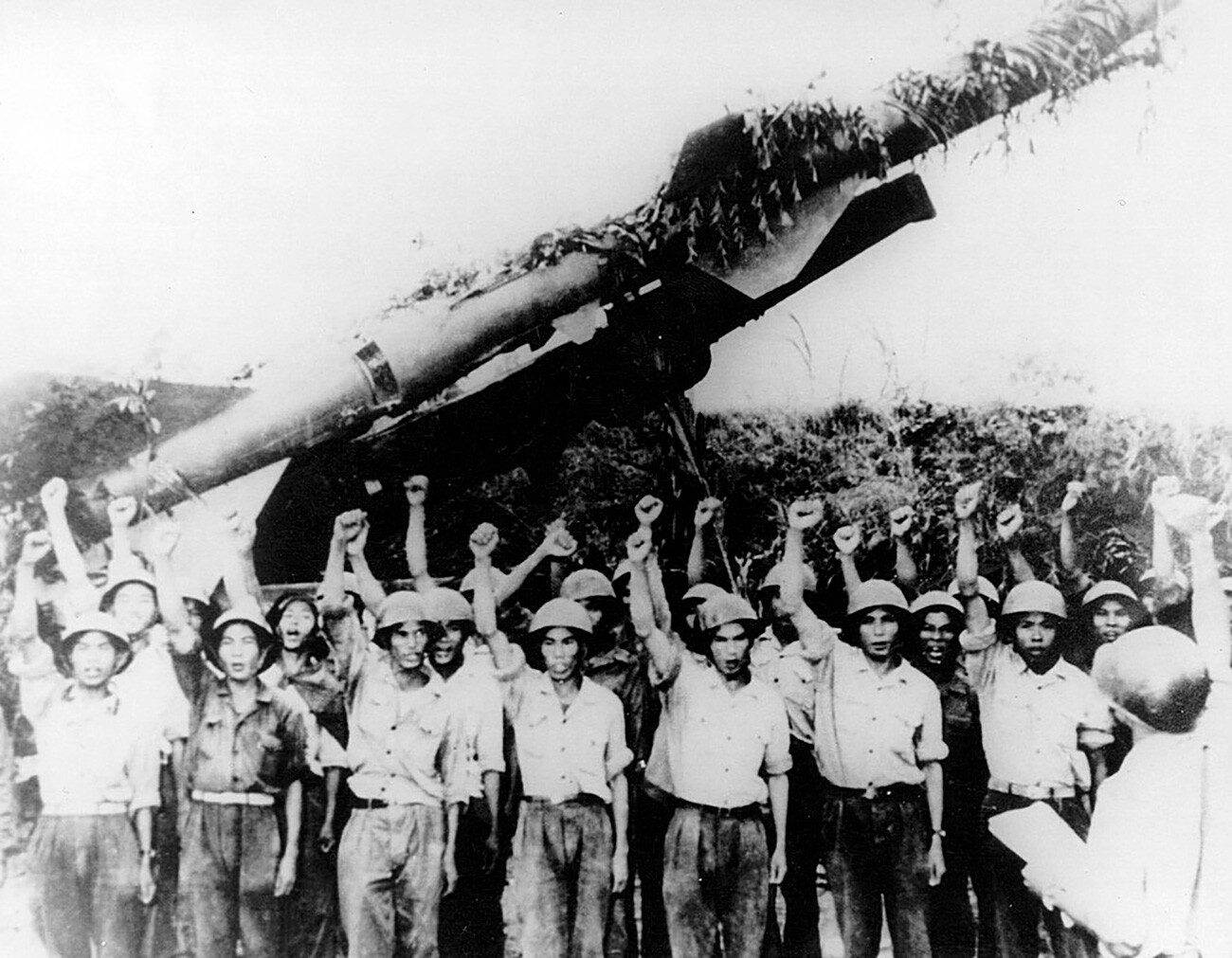
North Vietnamese SAM crew in front of S-75 Dvina system.
Public DomainIn all, during the whole duration of the war, the U.S. lost up to 2,000 aircraft and UAVs in the skies over Vietnam. And Soviet military specialists played no small part in this.
If using any of Russia Beyond's content, partly or in full, always provide an active hyperlink to the original material.
Subscribe
to our newsletter!
Get the week's best stories straight to your inbox